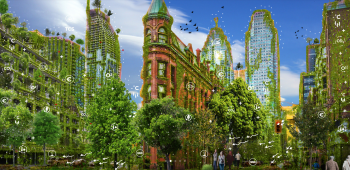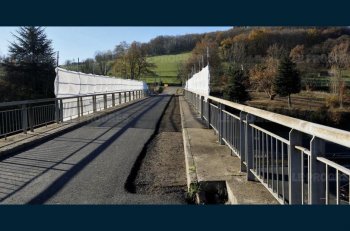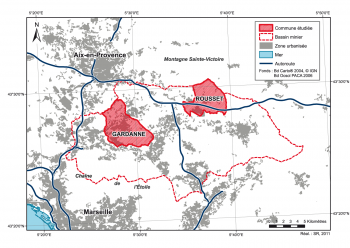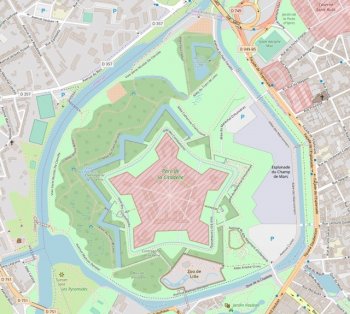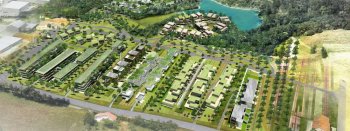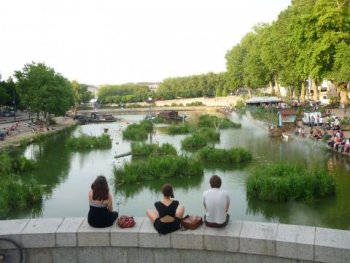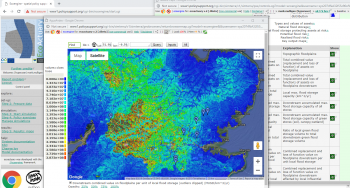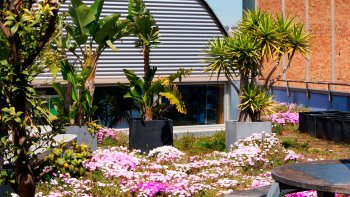Grün in der Stadt (Whitepaper) - Grünbuch Stadtgrün
- To place green space topic in urban development on political agenda;
- Improvement of legal integration of urban green infrastructure;
- Introduction for targeted support measures;
- To further develop guidelines and tools;
- To carry out Best-pratice examples;
- General communication improvement.
The White Paper proposes recommendations for action and concrete measures for the next few years through which it will, within its areas of...

